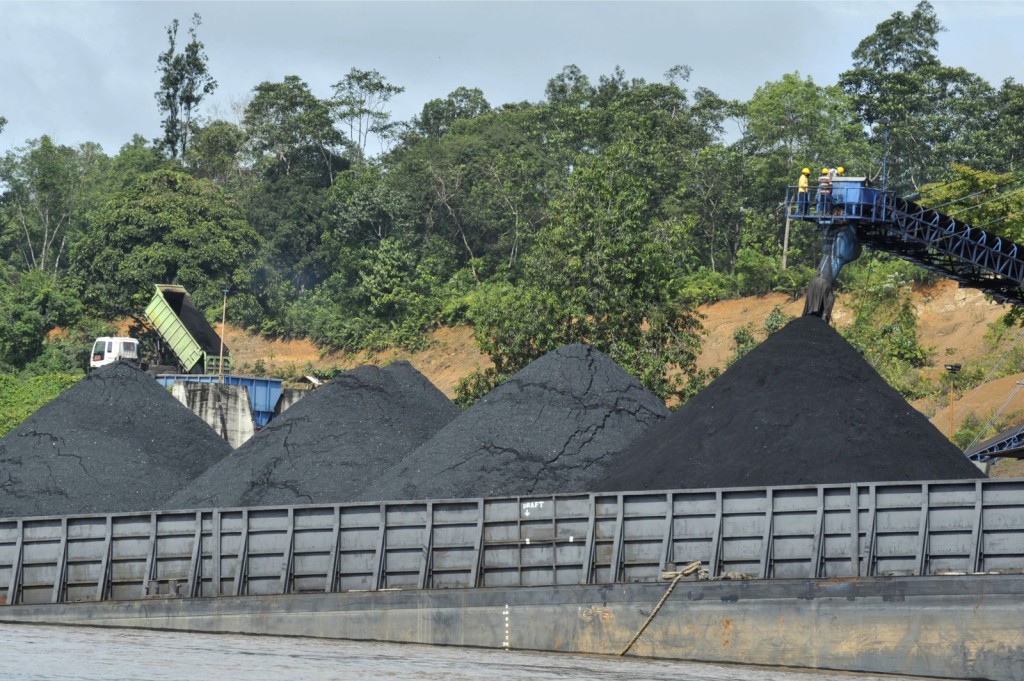

India must phase out its coal-fired power plants by the middle of this century to achieve net-zero greenhouse gas emissions by that time, according to a new report on the challenges that’ll be posed in setting more ambitious climate targets.
The nation will need to progressively reduce coal’s share in electricity generation, currently at about 65%, and remove it altogether by 2050, according to the report published by The Energy and Resources Institute, a New Delhi-based think-tank, and Royal Dutch Shell Plc. The share of renewablesin the power mix needs to climb to 90%, a more than eight-fold increase from now.
Under pressure to commit to a net-zero target before climate change talks in Glasgow in November, the world’s third-biggest emitter of greenhouse gases has been considering a 2050 deadline. The country has so far avoided making pledges beyond its commitments at the Paris climate conference in 2015, arguing its per capita emissions are much lower than the developed world and citing the progress it has made on those 2015 promises.
Those include reducing the emissions intensity of its economy and expanding non-fossil fuel electricity capacity to 40% of the total, a goal it is close to reaching already, government data show. Yet, absolute emissions continue to rise and if the country follows the same trajectory, emissions could more than double by 2050, according to the report.
India should embrace the net-zero challenge and work to make it happen, Amitabh Kant, chief executive officer at NITI Aayog, a government planning body, said at the launch of the report.
Though a net-zero energy emissions target seems difficult, the “sheer ambition of such a target should not become a reason for India to be unduly alarmed or become pessimistic,” according to Kant, who didn’t mention a possible deadline for the exercise.
“With the geographic advantage and the availability of vast potential of renewable energy, India can definitely aspire to become a net-zero emission country and we will drive all administrative actions as well as investments towards that target,” Kant said.
Deployment of clean energy on a mass scale will be the starting point. The country will need to electrify sectors, such as transportation, cooking and agriculture, where the government is already focused on replacing diesel-run irrigation pumps with solar ones.
The study follows a separate analysis published Monday by New Delhi-based Council on Energy, Environment and Water, which found India will have a harder task than any other large country in reaching net-zero emissions.
Renewable power can also help with production of hydrogen, which can replace more polluting fuels in hard-to-abate sectors, such as steelmaking, according to the Energy and Resources Institute report. Besides electrification, India will also need to do the following to become net-zero by 2050, according to the analysis:
Deploying lower-carbon energy would help address both domestic and international climate challenges while simultaneously improving the economic well-being of India’s citizens, according to the report.
Gallagher Re has shed light on the significant challenges insurers face when providing coverage for…
The Australian government will disburse AUD 1.7 million (USD 1.1m/EUR 1m) in grant funding to…
GlobalData’s latest report, ‘Asia Pacific Renewable Energy Policy Handbook 2024’ is among the latest region-specific…
The electrical generation market is facing a number of challenges, including the need to increase…
Nuclear energy has emerged as a prominent player in Asia's energy landscape, offering a reliable…
The pursuit of a low-carbon future has gained significant momentum globally, and Asia stands tall…